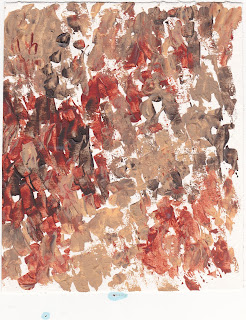Fig. 11:1 Acrylic paint applied with cardboard and scraped off with dip pen
Fig. 11:2 Acrylic paint applied with edge of credit card to emulate tree trunks
Fig. 11:3 Acrylic paint applied with edge of credit card in a grid pattern
Fig. 11:4 Oil pastel marks with a wash of brown Koh-i-noor dye
Fig. 11:5 Acrylic paint applied with a palette knife
Fig. 11:6 Oil pastel
Fig. 11:7 Acrylic paint brushed on roughly with a large brush
Fig. 11:8 Acrylic paint applied with a sponge
Fig. 11:9 Koh-i-noor dye applied with a sponge applicator
Fig. 11:10 Ink applied with a dip pen
Fig. 11;11 Drawing ink applied with a brush onto wet paper and allowed to run
Fig. 11:12 Drawing ink dripped onto wet paper
Referring to my source images again I looked for simple divisions to create shapes.
Fig. 11:13
The next stage was to choose some of my papers and cut them out according to the designs I had now made.
Fig. 11:14
Fig. 11:15
Fig. 11:16
Fig. 11:17
Fig. 11:18
Fig. 11:19
Final design
Fig. 11:20
I have chosen this tree because of its deeply fissured bark and the sinuous curves around the two knots. I feel that the image gives lots of scope for fabric manipulation and textural stitches and I'm really looking forward to working this final piece for this module.
Fig. 11:21
I've modified the design slightly to give me more defined areas for using different methods. The green background in the second image above is merely there to clarify the shapes but I'm not planning for it to feature in the finished piece of work.
























































